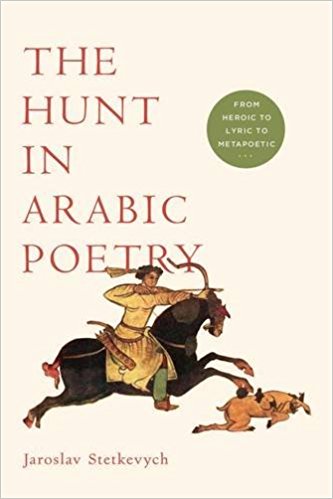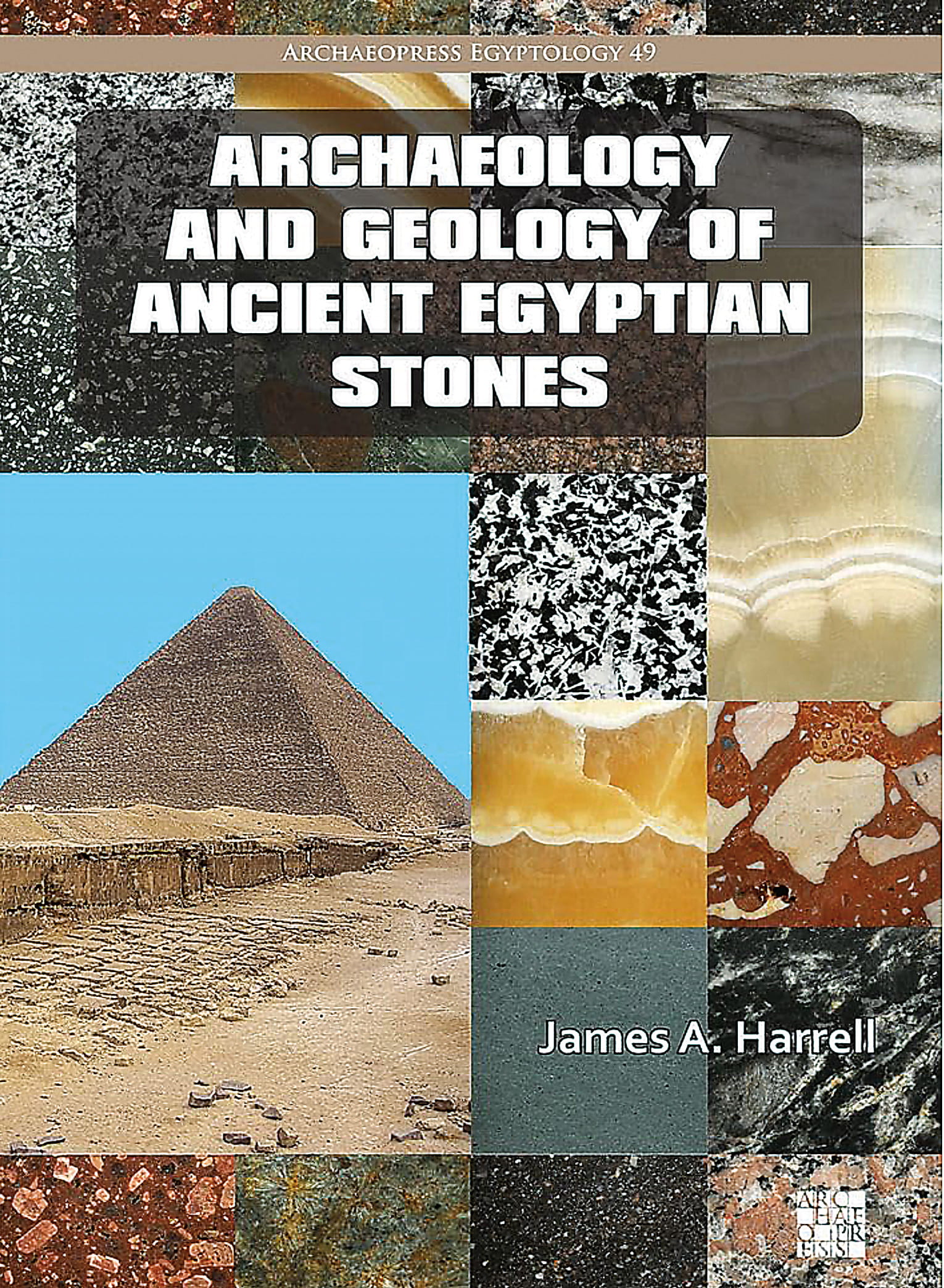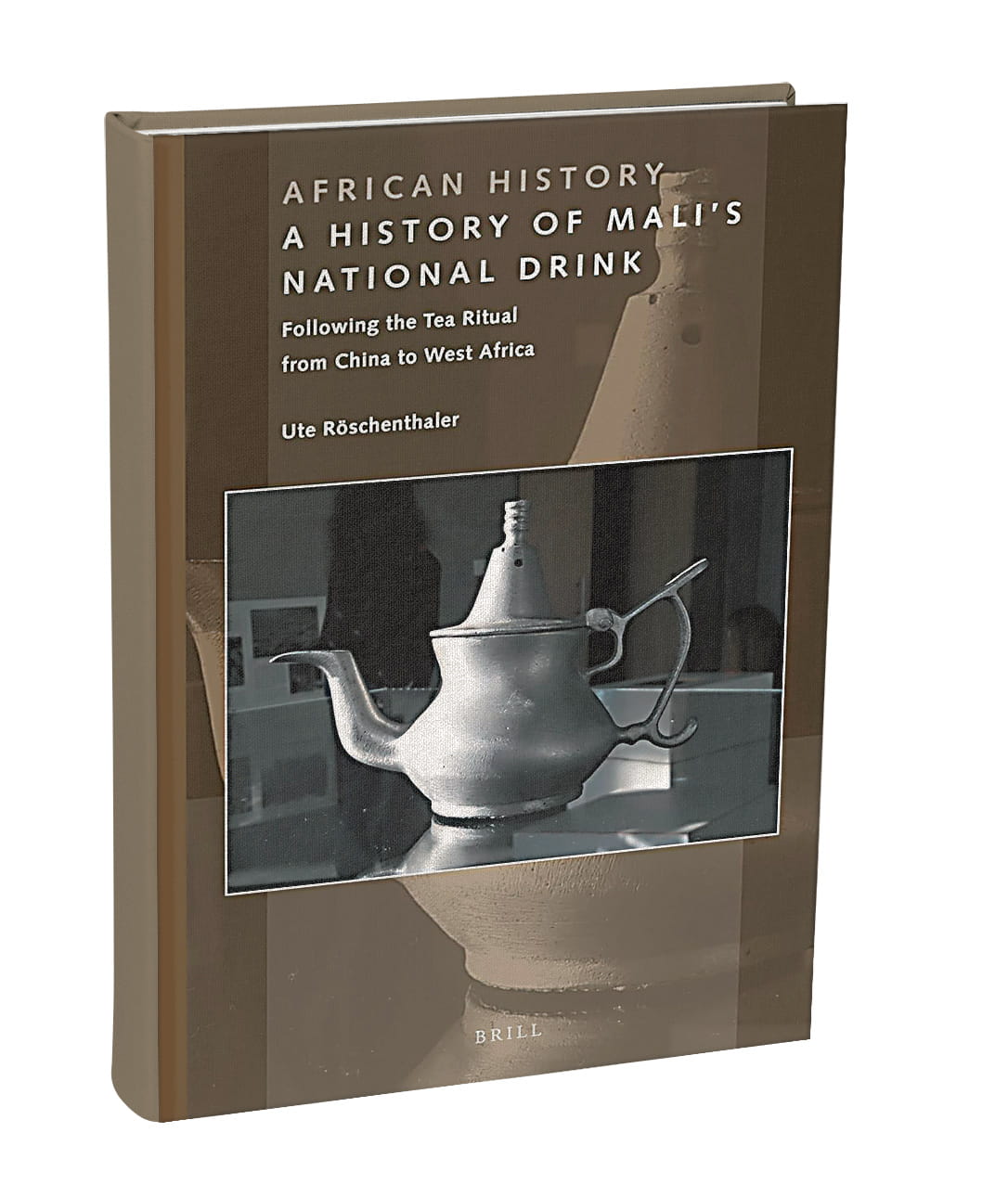
The Hunt in Arabic Poetry: From Heroic to Lyric to Metapoetic
Tom Verde
Jaroslav Stetkevych
2015, University of Notre Dame Press, 978-0-26804-151-9, $34 pb.
The hunt has long been a subject of artistic expression, stretching back to the cave paintings at Lascaux, France, rendered more than 17,000 years ago. Uniquely, representations of the hunt have endured in the Arabic-speaking world, not so much pictorially as poetically. So argues scholar Jaroslav Stetkevych in this study of a little-addressed topic that nonetheless suffuses Arab cultural history. Via his own translations and dissections of wide-ranging samples of the Arabic hunt poem—the tardiyyah—Stetkevych demonstrates how pre-Islamic motifs of “quest” were transformed by medieval Arabic poets into themes of yearning and pursuit. “We dashed out with our hound … in the heat of youth’s prime,” wrote Abu Nawas (d. 814 CE). Yet the dawn toward which the youthful hunting party rides “appeared from behind its veil / Like a gray-haired man’s face …,” alluding to the “dark foreboding of inescapable fate,” as Stetkevych observes. Tardiyyah, he argues, lived on in the modern free-verse poetry of Egypt’s Muhammad ‘Afifi Matar (d. 2010), among others, who transformed the traditional “hunt lyric into an allegory of the poet’s search,” an artistic objective not so far removed from the cave paintings at Lascaux.
You may also be interested in...

Archaeology and Geology of Ancient Egyptian Stones
Spanning three decades of fieldwork, Archaeology and Geology of Ancient Egyptian Stones is as vast as its subject: the stones ancient Egyptians used to shape their civilization.
Green Tea in Mali: Culture Pours From Global Trade
In 2005, while attending a tea ceremony in Bamako, the capital of Mali, where serving tea punctuates daily life across courtyards, offices and roadside stalls, anthropologist Ute Röschenthaler realized that green tea had become more than a national drink.